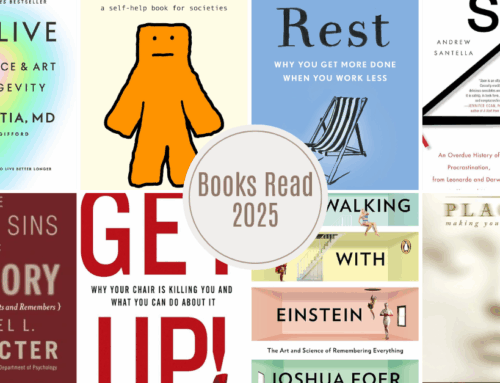 You Are the Placebo: Making Your Mind Matter by Joe Dispenza
You Are the Placebo: Making Your Mind Matter by Joe Dispenza
My rating: 4 of 5 stars
I wouldn’t have picked up this book if my brother hadn’t recommended it. He’s a doctor—and the kind who usually rolls his eyes at anything that smells like faith healing or pseudoscience. So when he suggested You Are the Placebo, I was intrigued, if not a little shocked. “Some parts may feel exaggerated,” he admitted, “but there’s value here. Give him the benefit of the doubt.” That endorsement made me curious enough to dive in.
One thing I found compelling about Joe Dispenza is that he identifies himself as an analytical thinker, unlike a typical faith healer, and this becomes the cornerstone of his approach. He acknowledges that for people with a highly analytical mind (which describes most of us), accessing meditative or altered states can be difficult. So instead of catering to the naturally “spiritually sensitive,” he builds a path for those who require more structured and evidence-driven reasoning to buy in. That’s refreshing.
He also has a storytelling style that leans toward thoroughness. For example, he doesn’t stop at saying meditation can help with immunity or digestion. He piles on examples—dozens of them—which makes the experience far more grounded and leaves less to mere imagination. It feels like he’s trying to make the abstract concrete.
Some of his metaphors really land. Describing a person “marinating in stress hormones” makes the toll of chronic stress almost visceral. Another powerful phrase he uses is “medical voodoo,” referring to how patients absorb bad news from doctors with absolute authority, often turning diagnosis into destiny. These expressions are vivid—and memorable.
There’s a paradox here: the more analytical and skeptical your mind is, the harder it is to become “placebo”—to believe and be changed by that belief. Yet belief is exactly what’s required. So how do you override the skeptical filter? According to Dispenza, the gateway is meditation. It’s a tool to quiet the analytical mind just enough to become suggestible, allowing the body and subconscious to align and receive new instructions.
I won’t say I am convinced of every word written there. My skepticism rose at the introduction itself. Joe shares a story of recovering from a devastating spinal injury—not through surgery, but through visualization. I had to call my brother again. “Is this for real?” But as he reminded me, it’s not about taking every word literally. It’s about what ideas the book opens up.
Whether or not you accept every claim in the book, the book offers a rigorous framework. It’s not necessary to take everything literally to appreciate the underlying theme: our minds and bodies are more connected than we realize, and belief—paired with intention and emotion—can have transformative power.
A thought-provoking read for those willing to explore the blurry space between science and spirituality, especially if you’re used to demanding evidence before belief.


